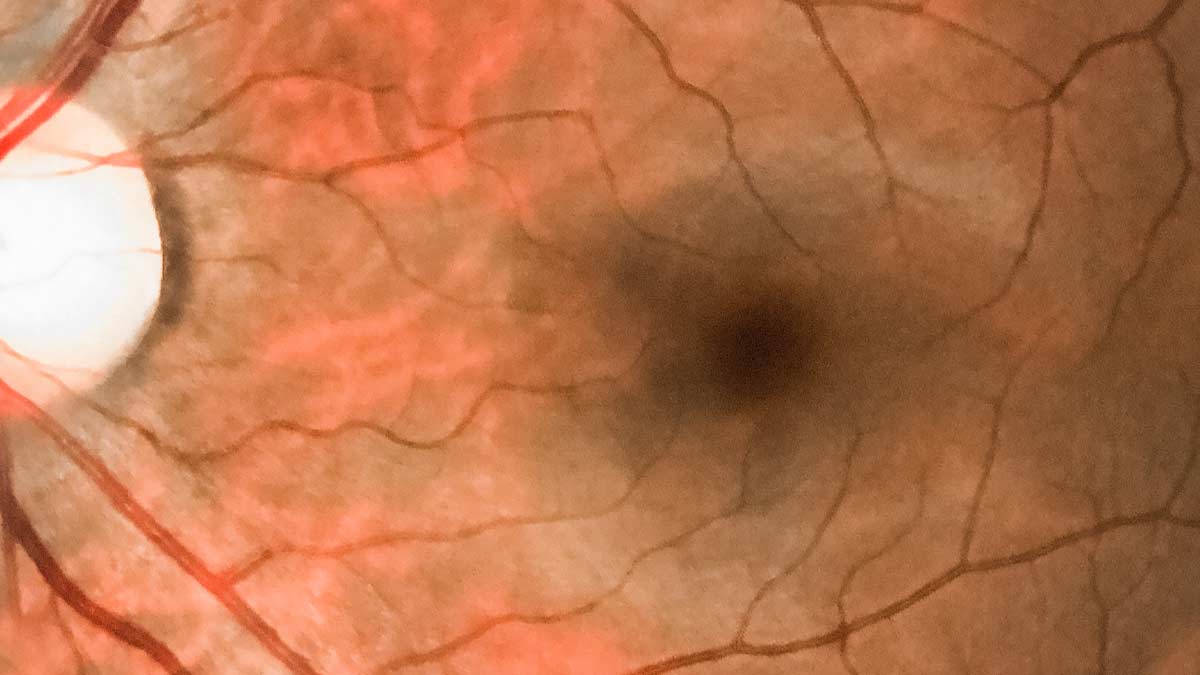R01 to study connection between liver inflammation and spinal cord injury outcomes
Dana McTigue, PhD, professor of Neuroscience at The Ohio State University College of Medicine, is studying possible therapeutic targets to improve the metabolic health of individuals with spinal cord injuries.
It’s estimated that more than 296,000 Americans are classified as spinal cord injured (SCI), with approximately 17,900 new cases each year. Though the length of stay for those who are hospitalized and rehabilitated for SCI has drastically decreased due to advances in care, individuals with SCI exhibit significantly shorter lifespans compared to the general population, a statistic that has remained stagnant in the last 30 years.
“One reason for this phenomenon is endocrine, metabolic and nutritional diseases,” says Dr. McTigue. “Spinal cord injury disrupts systemic organ function, including prolonged fat accumulation and inflammation in the liver, which negatively affect overall recovery and systemic metabolic function. This increases the risk for diabetes and cardiovascular disease, a leading cause of death in the SCI population.”
The rates of these diseases have been increasing for the SCI population in accordance with a rising prevalence of metabolic syndrome (MetS). MetS is a collection of conditions that raise an individual’s susceptibility to developing illnesses such as the ones mentioned by Dr. McTigue.
A factor of MetS that Dr. McTigue is exploring is the advanced form of nonalcoholic fatty liver disease known as nonalcoholic steatohepatitis (NASH). SCI-induced NASH promotes inflammation and may lead to cirrhosis, or liver scarring. The liver damage yielded from this event cultivates a pro-inflammatory environment, likely leading to systemic pathology. Dr. McTigue seeks to understand and possibly avert this chain of events that follows SCI-induced NASH.
In March 2020, Dr. McTigue collaborated on a review paper that observed metabolic dysfunction in a preclinical SCI model. The paper discussed liver pathology and function, liver changes following systemic inflammation and the role of hepatic autonomic nervous system disruption in chronic liver pathology. In addition, it shared the current and future research that serves to define the mechanisms underlying SCI-related metabolic dysfunction and liver damage. “
The studies outlined in this review elucidate the disruption of liver physiology that follows the systemic disease syndrome that is SCI, leading to the development of chronic NASH and MetS,” says Dr. McTigue. “Going forward, we believe that examining metabolic-related outcomes, in addition to motor and sensory functions, are critically important for improving the long-term health and quality of life, and reducing morbidity and mortality after SCI.”
𠊍r. McTigue’s recent study, published in August, studied dysfunctional liver physiology in rats with SCI to understand if liver inflammation worsens SCI outcomes. In addition to worsening the pathology of SCI, her study found this inflammation correlated with increased susceptibility to NASH, increased endotoxin levels in blood and potentiated insulin resistance. Overall, her research found that liver inflammation impaired SCI recovery, and that liver-derived protein Fetuin-A was a potential culprit for this. “
From this study we concluded that since SCI alone induces acute liver inflammation, the liver may be a novel clinical target for improving recovery from SCI,” says Dr. McTigue.
𠊏ollowing this promising research, Dr. McTigue received a National Institutes of Health R01 grant in 2021. Her proposal for the research that this grant will fund outlines how her work with SCI and liver pathology will continue.
“The experiments under this proposal are designed to identify mechanisms that initiate and sustain NASH in acute and chronic SCI,” says Dr. McTigue. “We will focus on increased sympathetic input to the liver and consequent intracellular changes in the liver that drive inflammation and fat accumulation.”
Dr. McTigue hypothesizes that excess sympathetic input to the liver following SCI initiates pro-inflammatory events. She also surmises that this cascade involves tumor necrosis factor-alpha (TNFa) and nuclear factor kappa-light-chain-enhancer of activated B cells (NF-kB), which in turn initiate liver fat accumulation and prolonged inflammation. Using transgenic mouse model technology, her study will identify the SCI-induced cellular changes in the liver that drive NASH and MetS. With this work, Dr. McTigue hopes to identify therapeutic targets that disrupt this chain of pathologies to improve liver function and overall metabolic health.
“Rodents are an excellent preclinical SCI model because they mimic much of the spinal and systemic pathology induced by SCI,” says Dr. McTigue. “By understanding why SCI causes liver disease in this model, we believe we will identify therapeutic targets for treating liver disease and MetS in humans with SCI. In turn, this will increase their health and potentially their lifespan.”



